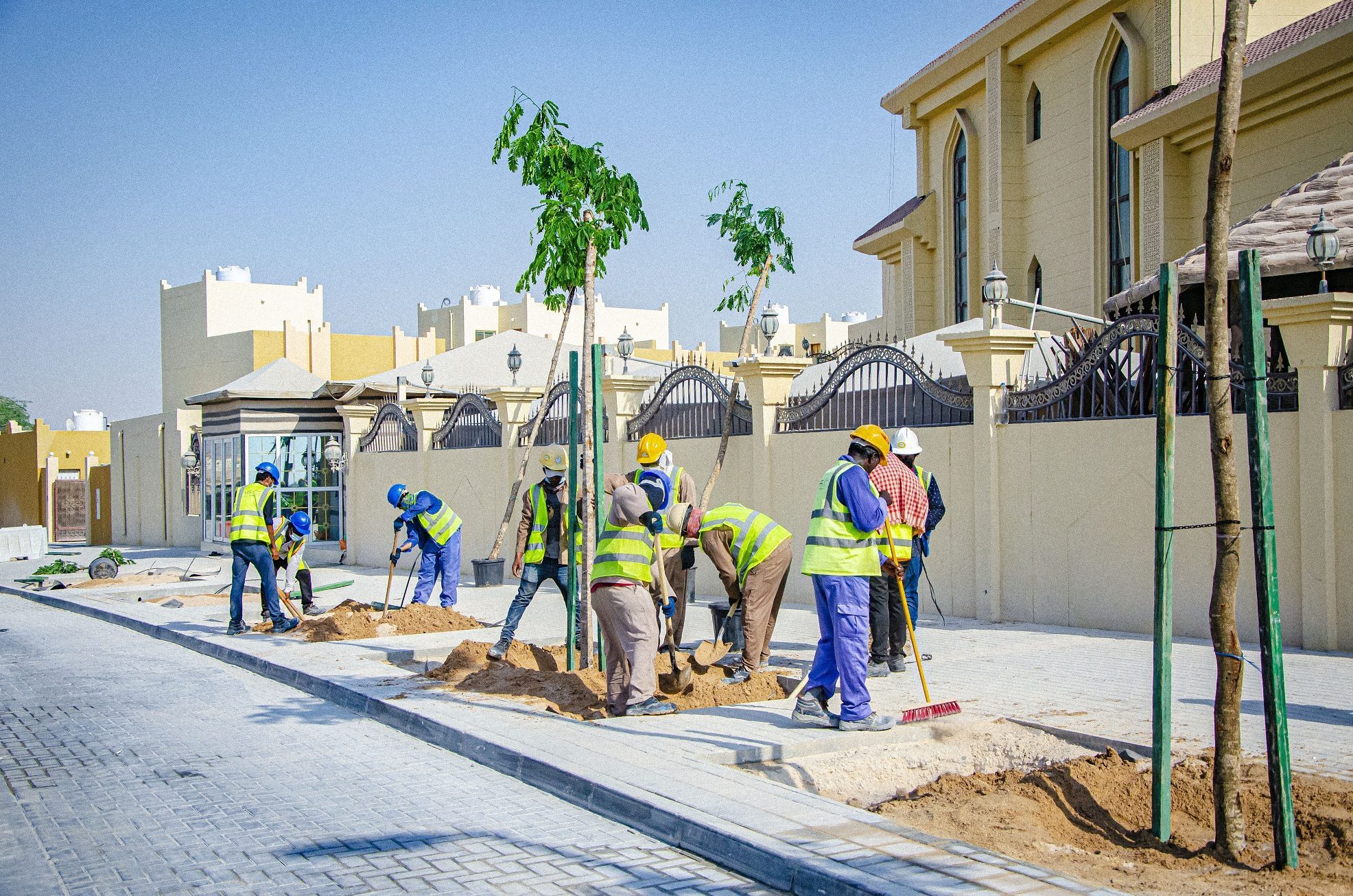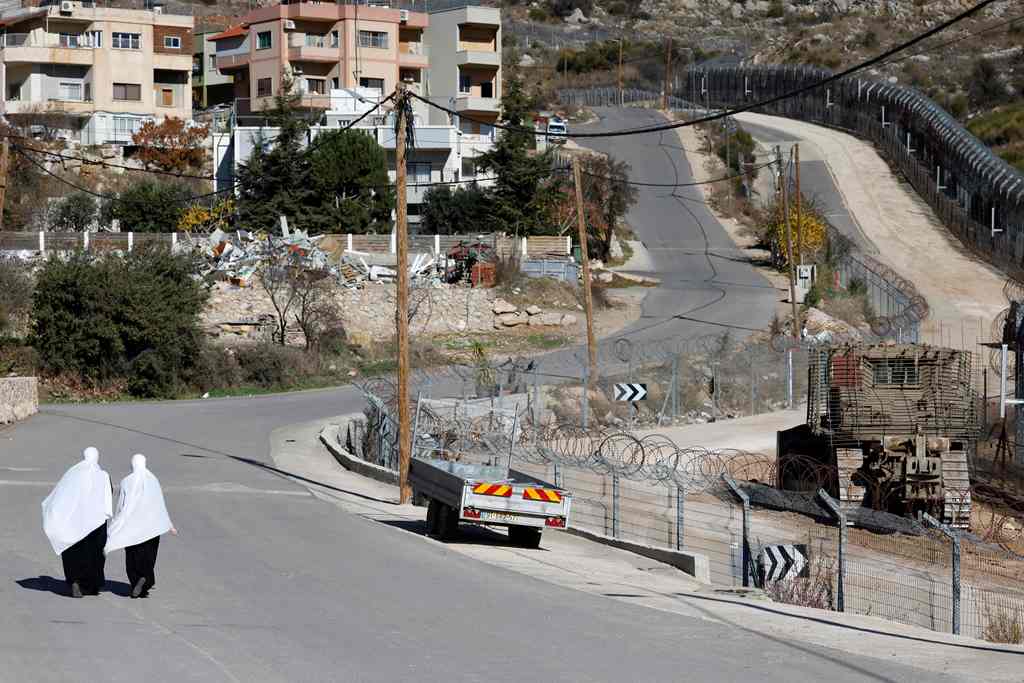Qatar is seeking accreditation by WHO of two municipalities as part of its National Health Strategy.
The World Health Organization (WHO) sent a team to Qatar to assess Doha and Al Rayyan municipalities with hopes to obtain the approval of the “Health City for 2021”.
The visit was requested by Qatar’s Ministry of Public Health [MoPH], which along with its partners, is seeking to accredit Doha and Al Rayyan as healthy cities as part of a project to certify five areas in Qatar.
These include the municipalities of Al Wakra, Al Khor and Al Shamal in later stages, state news agency (QNA) said in a statement on Sunday.
Read also: Qatar, WHO set eyes on ‘healthy and safe’ 2022 World Cup
WHO Healthy Cities is a global movement working to put health high on the social, economic and political agenda of city governments.
This is carried out by “promoting health, equity and sustainable development through innovation and multi-sectoral change,” the UN agency notes.
For 30 years, the WHO European Healthy Cities Network has brought together some 100 flagship cities and approximately 30 national networks.
In Qatar, authorities are targeting at least one such listing by 2022 as per its National Health Strategy 2018-2022.
So far, Manama has become the first Arab capital to make it onto the WHO’s list of Healthy City 2021.
Criteria
According to WHO, a Healthy City aims to provide:
- a clean, safe physical environment of high quality (including housing quality);
- an ecosystem that is stable now and sustainable in the long term;
- a strong, mutually supportive and non-exploitative community;
- a high degree of participation in and control by the citizens over the decisions affecting their lives, health and well-being;
- the meeting of basic needs (food, water, shelter, income, safety and work) for all the city’s people;
- access by the people to a wide variety of experiences and resources, with the chance for a wide variety of contact, interaction and communication;
- a diverse, vital and innovative economy;
- connectedness with the past, with the cultural and biological heritage of city dwellers and with other groups and individuals;
- a form that is compatible with and enhances the preceding characteristics;
- an optimum level of appropriate public health and sickness care services, accessible to all; and
- high health status (high levels of positive health and low levels of disease).







